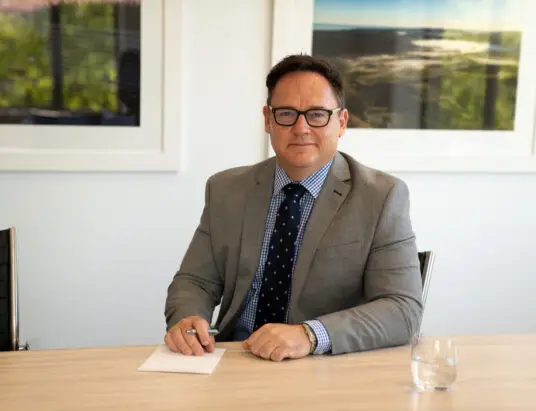It is the process of anticipating what could lie ahead, and the creation of methods and processes to help minimise the potential negative effects of future influence… but can you ever truly 100% futureproof a portfolio?
The truth is you can’t completely 100% future-proof any portfolio, because investment involves risk no matter how low, and the future is uncertain. But where we lack a crystal ball in life, we can still set a healthy projection for the future by identifying our personal objectives and re-evaluating our investment mix throughout our lives to make it as resilient to negative influence, as possible.
Over time, we’ll go through several investment lifecycles. Our goals and assets in our thirties will likely vary greatly to when we’re near or post retirement age and there are plenty of factors we need to consider at regular intervals over the years to ensure our investments evolve to reflect our lifestyle, risk profile and assets. We should also re-evaluate as markets fluctuate and threats or opportunities present themselves.
The identification and monitoring of our goals will ideally take into consideration a broad range of potential experiences in relation to what’s happening globally. In doing so we should consider how our future outcomes could be impacted by things like technology, political instability, boom and bust business cycles or environmental factors. We’re not talking fear or panic driven decision making, but mere logical consideration to how these factors may affect our goals. This helps us to work out how we should strategise so it aligns with our expectations.
When analysing our goals, it isn’t all cold numbers and projections. More and more we’re seeing the conscious investor looking into more ethical opportunities. Socially responsible investing acknowledges there’s an emotive side and behavioural biases when it comes to the choices we make in life, and it’s important to consider how this should affect the decisions you make with investing too.
Paying attention to our concerns or stance on certain subjects can help focus us on our journey, as well as the outcome, opening us up to take a more tailored, holistic approach. Our needs might be complex, but that doesn’t mean our investment strategy can’t harmonize with them.
MARKET THREATS AND OPPORTUNITES
When we discuss influences such as threats and opportunities in the market, we are trying to recognise that which we can’t yet see in full and anticipate what that could look like for ourselves. We mentioned political instability and BREXIT offers an example: it was a multifaceted disruption to the market that surprised many with its result. It reinforces the importance of recognising triggers early.
According to Statistics New Zealand “Over a fifth of New Zealand’s investment in the UK at the end of June 2016 was portfolio investment” including KiwiSaver investments. The UK is also mentioned as being 14% of New Zealand’s total investment overseas, which is no small fish by any means.
A political event like this pulls on our emotions and biases. Sterling driven assets are becoming less attractive to some and the current state of political turmoil has pushed spooked investors toward more defensive investments. That’s not to say there’s a rule book for this kind of political instability or how we invest. It depends on our individual aversion to risk, our biases, our asset allocation and our goals.
Using comfortable retirement as our hypothetical goal – a riskier investment might appeal to you if you were still receiving a steady income. But as the years pass by and you get closer to retirement you might feel less comfortable with the risk.
Utilising objectivity, our circumstances and projection as tools, we should be able to determine if it is in our interest to keep a hypothetical investment in the UK or whether to change it out for something more suited to our goals.
The takeaway is – though we might not be able to completely ‘futureproof’ our investments, we can get them close. Just keep in mind that as our circumstances, goals and stance change – our investments will likely need to change with us. Well researched and thought out diversification, with effective asset allocations aligned to your personal goals is the most effective tool we have when trying to protect your investments.



